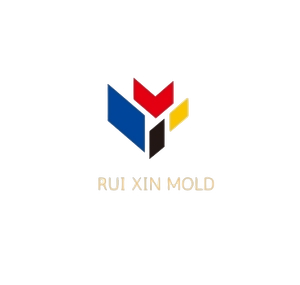how to choose CNC machine? three-axis, four-axis, and five-axis
In recent years, CNC machining centers have continuously evolved through innovation, resulting in the development of three-axis, four-axis, and five-axis machining centers, as well as turning-milling composite CNC machining centers. Today, we will discuss the distinct characteristics of three-axis, four-axis, and five-axis CNC machining centers.

The reference to axes is used to describe CNC machines which operate along multiple axis points. CNC machining is the process of removing material from a workpiece until the desired shape is configured. These machines have at least a 3 axes and operate along an XYZ plane: X axis (vertical), Y axis (horizontal), and a Z axis (depth). The 4th axis denotes the inclusion of an A axis (rotation around the X axis), and the 5th axis denotes the B axis (rotation around the Y axis).
The number of axes on a CNC machine determines the type of work it can do, the level of detail it can cut, and the workpiece locations it can manipulate. So what does this all mean? The following provides a better explanation of the differences between a 3 axis, 4 axis, and 5 axis CNC machines.
3 Axis
3 axis machining implies that the workpiece remains in the same position while the cutting tool operates along the XYZ plane to trim away material. This is suitable for parts that don’t require a lot of depth and detailing. 3 axis machining is most commonly used to produce mechanical components and is best suited for:
Automatic/interactive operation
Milling slots
Drilling holes
Cutting sharp edges
4 Axis
4 axis machining implies that a workpiece is processed in the same way it would be with a 3 axis machine, but has an additional rotary movement around the X axis, which is named the A axis. This rotation allows the workpiece to be cut around the B axis. This method is beneficial when holes or cuts need to be made on the sides of a workpiece. The addition of a fourth axis (A axis) allows a workpiece to be automatically flipped over, so the machine can remove material from both sides. 4 axis machining is multifunctional and can be used for:
Intermittent cutting
Continuous cutting
Engraving curved surfaces
5 Axis
5 Axis machining implies that a workpiece can be automatically manipulated from five sides at one time. In addition to automatic movements along the X, Y, and Z axes, 5 axis CNC machines can select two of the three rotational axes (A,B,C) to use. The A, B, and C axes perform a 180° rotation around the X, Y, and Z axes, correspondingly. This type of machining is used in the automobile, aerospace, and boating industries. Application is commonly favored for extremely complex components that are solid and would otherwise have to be cast. 5 axis machining requires greater CNC programming preparation time to accommodate complex rotatory movement, but allows one workpiece to be worked on all five sides during one operation. 5 axis machining is beneficial when components require a great deal of intricacy and quick precision. This includes:
Feature accuracy
Increased productivity
Higher quality finishes
Cutting intricate details
Machining complex shapes
Although five-axis machining centers have a significant competitive advantage over four-axis and three-axis centers, not all products are suitable for five-axis machining. Products suitable for three-axis machining may not be suitable for five-axis machining. Using a five-axis machining center for products that can be processed with a three-axis center can increase production costs and may not necessarily improve the outcome.
